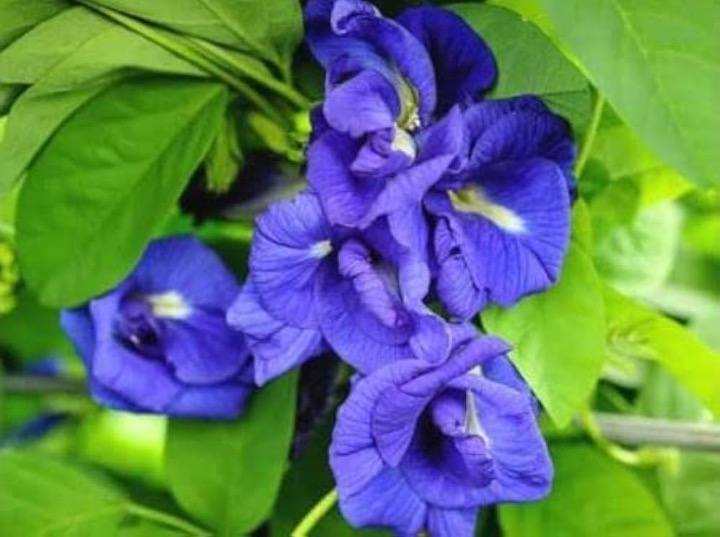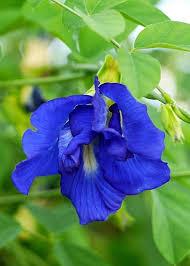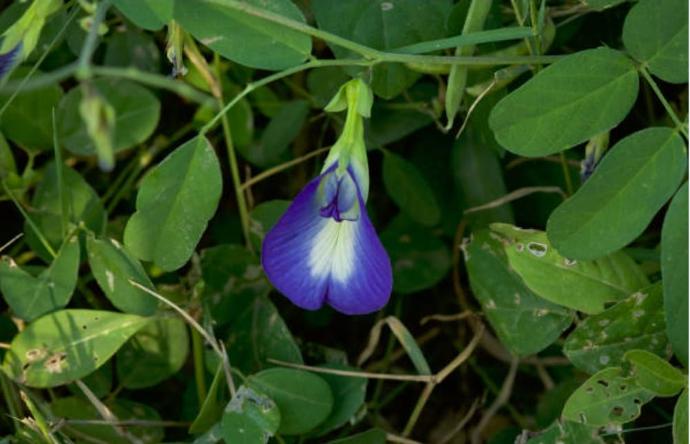Senku blue double petal Plant
Senku Blue Double Petal, possibly referring to a specific plant variety, may have varying care requirements. Generally, provide well-draining soil, appropriate sunlight, and regular watering. Pruning and fertilizing practices may vary based on the specific characteristics of this plant.
Habit
shrub
Height
15 ft
Growth
Fast
Soil
Well Drained, loamy
Shade
Full Sun
Moisture
Moist
Edible
No
Medicinal
yes
Origin
Partial shade
Climatic Condition
Moderate
Temperature (°)
No
Humidity (%)
Yes
Potting media
Partial shade
Fertilizers
Moderate
Watering
No
Plant Weight
Yes
Flowering Time
Partial shade
Soil Ph level
Moderate
Water Ph level
No
Soil EC
Yes
Yield Per Plant
Partial shade
NPK ratio
Moderate
life Span
No
Health Benefits
Yes
Suggested Grow Media or Potting Mix ?
50% peat, 25% perlite, 25% compost
Suggested Fertigation/Fertilizers
Fertilize every 2-3 weeks with a balanced fertilizer.
Common Diseases and Remedies
Leaf blight , Leaf blotch
Brown spots on leaves , pre-mature defoliation
Remove affected leaves , Avoid excess irrigation
HEALTH BENEFITS
· Anti-inflammatory: The flower has anti-inflammatory properties.
· Antioxidant: The flower is rich in antioxidants.
· Wound healing: The flower has wound healing properties.
· Antidiabetic: The flower has antidiabetic properties.
What Is An Senku Blue Double Petal Tree?
Clitoria ternatea, commonly known as Asian pigeonwings, bluebellvine, blue pea, butterfly pea, cordofan pea or Darwin pea, is a plant species belonging to the family Fabaceae, endemic and native to the Indonesian island of Ternate.

What Are The Different Types Of Areca Palm Plants?
Clitoria ternatea 'Blue Pea': This is the most common variety, known for its vibrant blue flowers. The flowers are used to make a popular herbal tea known for its vivid blue color.
Clitoria ternatea 'White Pea': This variety produces white flowers. While less common than the blue-flowered variety, it is equally attractive and can be used in the same way.
Clitoria ternatea 'Purple Pea': Some varieties of Clitoria ternatea produce purple flowers. These varieties are less common but are prized for their unique coloration.
Clitoria ternatea 'Double Blue': This variety produces double flowers, giving the plant a fuller, more ornamental appearance. Double-flowered varieties are often cultivated for their decorative value.
Clitoria ternatea 'Variegata': This variety has variegated leaves, adding an additional element of interest to the plant. The flowers are typically blue but may also have some white or purple markings.

Location
This plant is native to equatorial Asia, including locations in South Asia and Southeast Asia but has also been introduced to Africa, Australia and the Americas.
Sunshine
Light: Full sun to partial shade; blooms best in full sun (at least 6 hours of direct sunlight daily). Soil: Well-draining, fertile soil; can tolerate a range of soil types. Water: While Butterfly Peas has a reputation for drought tolerance, it will do best with consistent watering.
Soil
Butterfly Pea does well in well-drained, dry to slightly moist, fertile soil, but will tolerate loam and heavy clay as well as very acid and very alkaline soils. It does have a reputation for drought tolerance, but will do best with consistent watering and full sun.
Hydration
Watering Asian Pigeonwings (Clitoria ternatea) plants should be done carefully so that the plants are not damaged, both leaves and stems. If the planting media dries easily, then the frequency of watering should be twice a day, ie morning and evening
Nourishment
Issues
The biggest issue when growing Clitoria ternatea flowers is the amount of water it receives. Since it originates in tropical zones, it loves plenty of moisture. Well-draining soil is ideal for preventing the soil from becoming soggy. Also, it doesn't enjoy being cold.
Benifits
Improves skin health: Blue butterfly pea is rich in antioxidants. It can slow down the skin aging process, prevent premature aging, and improve overall skin tone and texture. Improves hair health: Butterfly pea nourishes hair follicles, promotes hair growth, reduces hair fall, and slows down the greying of hair.

FAQs About Growing Senku blue double petal
Why is it called Clitoria flower?
Butterfly pea is a stunning wildflower in the Pea family (Fabaceae). The genus name “Clitoria” comes from the Greek word “kleitoris,” which refers to the shape of the flower resembling female genitalia, and “mariana” possibly refers to a woman Linnaeus was courting when he named this plant.
Can we eat Clitoria flower?
The flowers, leaves, young shoots and tender pods are all edible and commonly consumed, and the leaves can also be used as a green colorant (Mukherjee et al., 2008). Figure 1. Butterfly pea (Clitoria ternatea) flower.
Is butterfly pea easy to grow?
The butterfly pea is a hardy plant that requires warm growing conditions with plenty of sun. Easily grown from seed, both plants, and seeds are offered by specialty growers.
What is the lifespan of a butterfly pea flower?
Butterfly Pea flowers are annual plants with a one-year life cycle. They are a cool-season crop farmed all over the world, with planting times varying from early January to late spring.
What is the common name of Clitoria Ternatea in India?
Another very useful herb explained in scriptures of Ayurveda, Aparajita plant is a very beautiful herbaceous plant with many medicinal uses.

